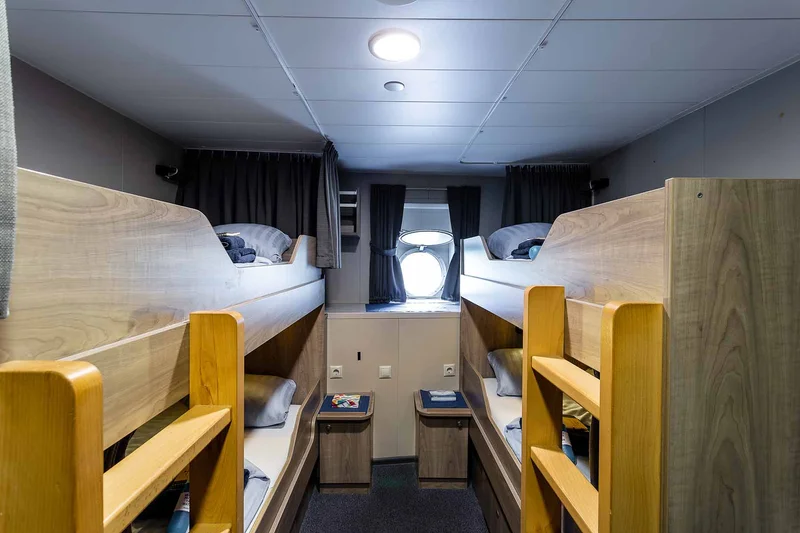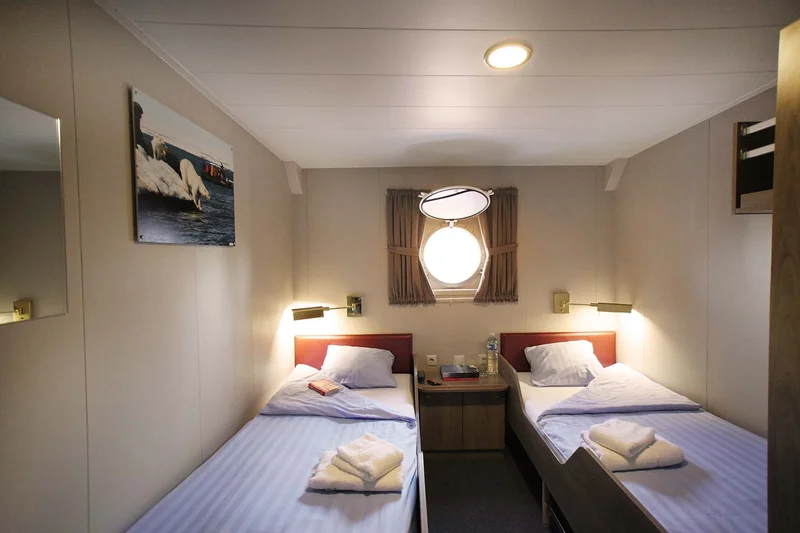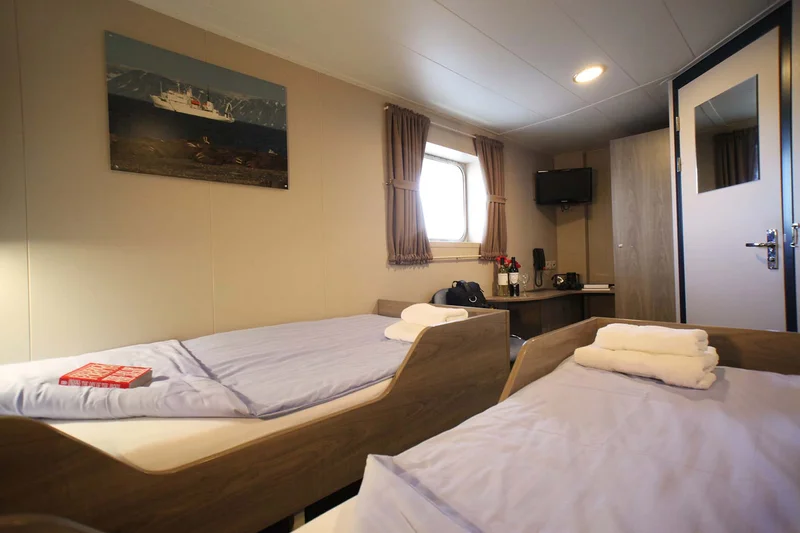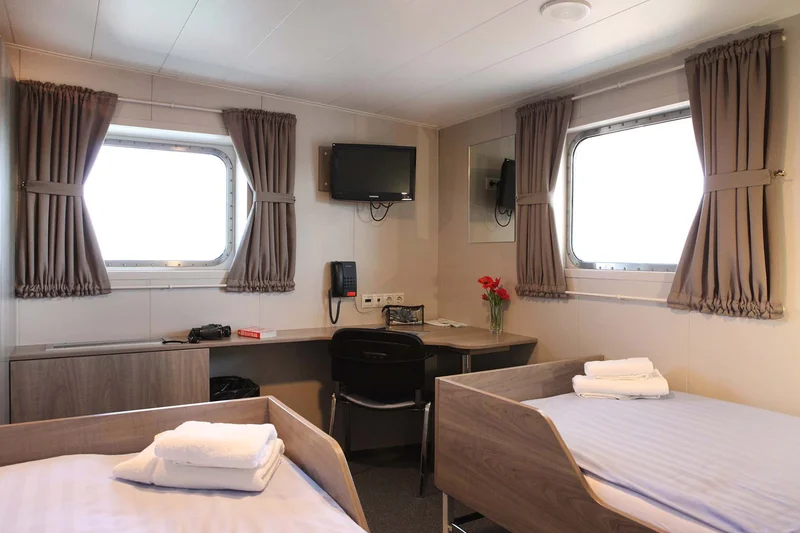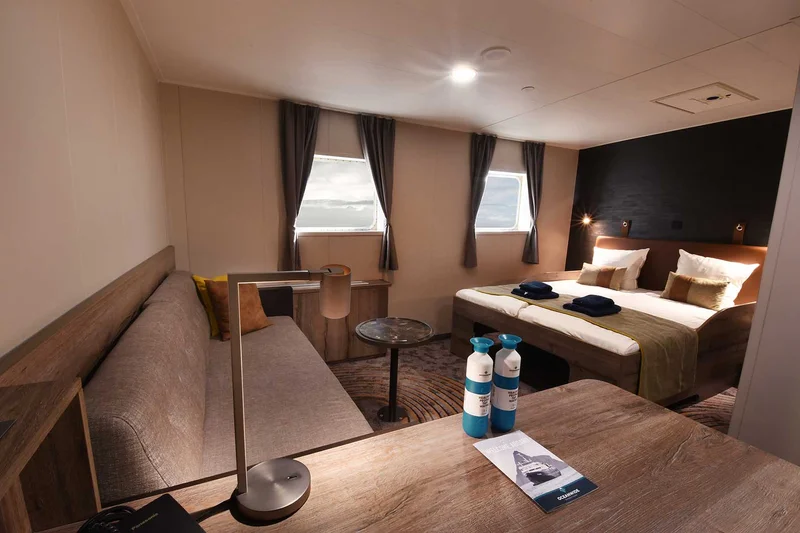Plancius | Cruise Ship Antarctica
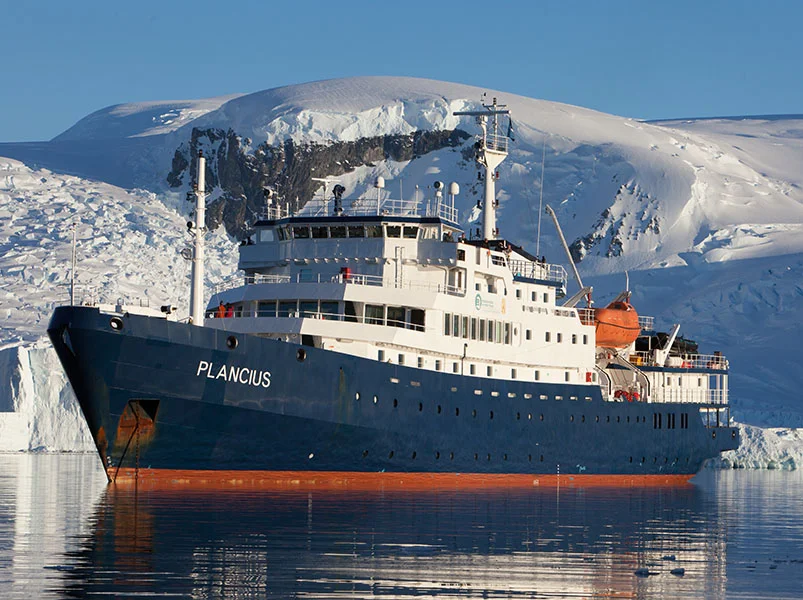

Overview
The Plancius is a well-equipped expedition ship that is ideal for active explorers who want to experience the polar regions in a unique and authentic way. It has a small number of passengers, private cabins, and a variety of activities available on selected voyages, such as kayaking, hiking, snowshoeing, and mountaineering. The ship is also equipped with the latest technology and safety features, making it a safe and reliable platform for exploring the polar regions.
Overall, the Plancius is a great choice for passengers who want to explore the polar regions in comfort, style, and safety while also having the opportunity to participate in active and adventurous activities.
Gallery
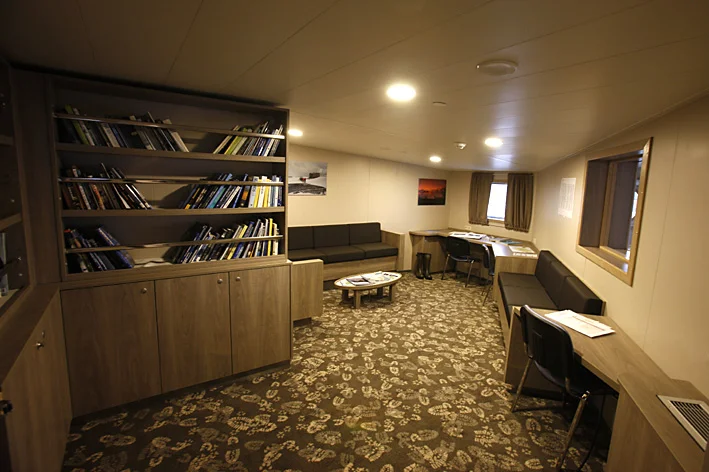
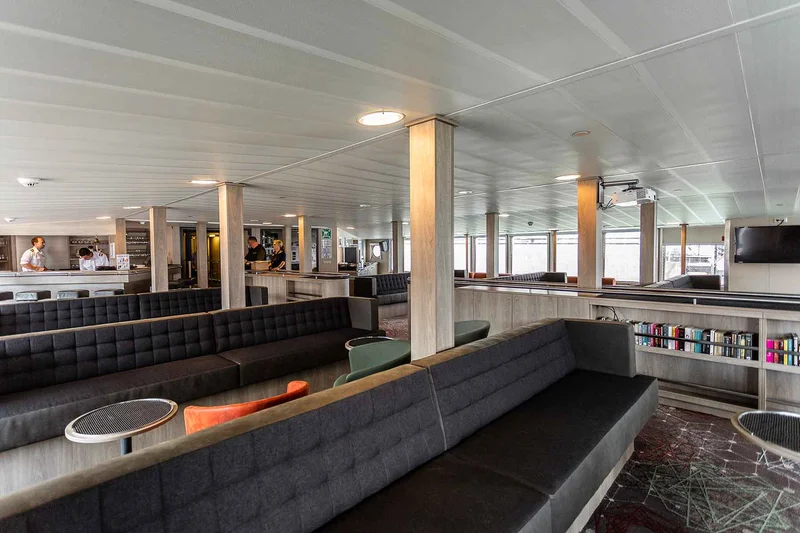
+1
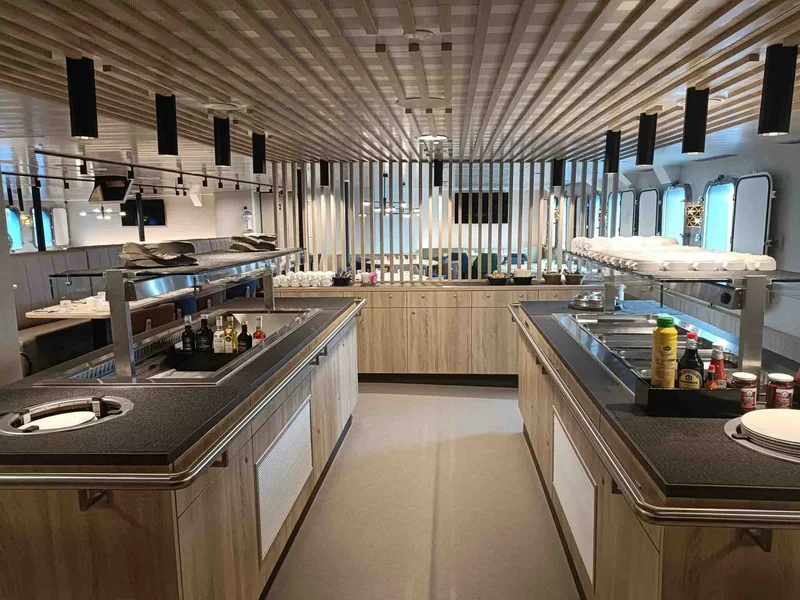
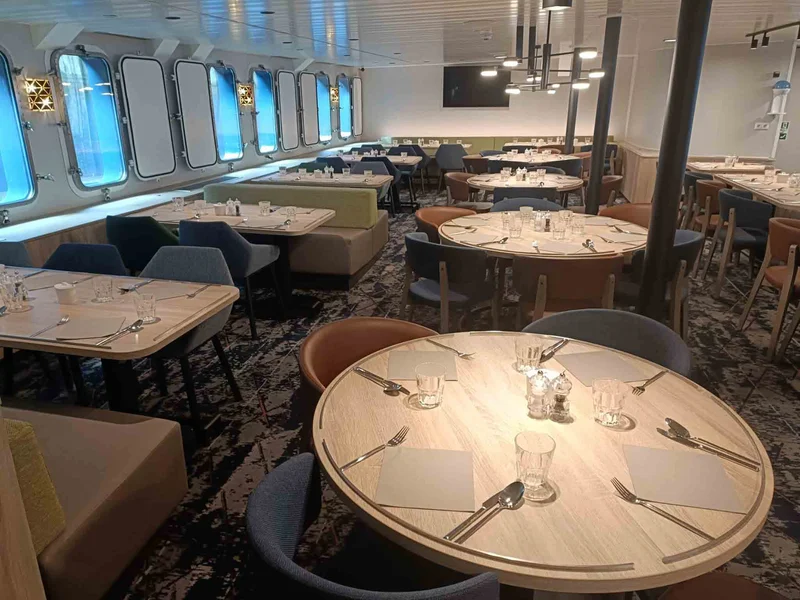
Cabins
Technical Specifications
- Passengers: 108 passengers in 50 cabins
- Staff & crew: Crew 40 | Guides 8 | Doctor 1
- Length: 89 meters (293 feet)
- Breadth: 14,5 meters (47 feet)
- Draft: 5 meters (16 feet)
- Ice class: 1D (Plancius has a Lloyds class notation 100A1 Passenger ship, Ice Class 1D at a draught of 5 meters)
- Displacement: 3211 tonnes
- Propulsion: 3x Diesel-Electric
- Speed: 10.5 knots average cruising speed
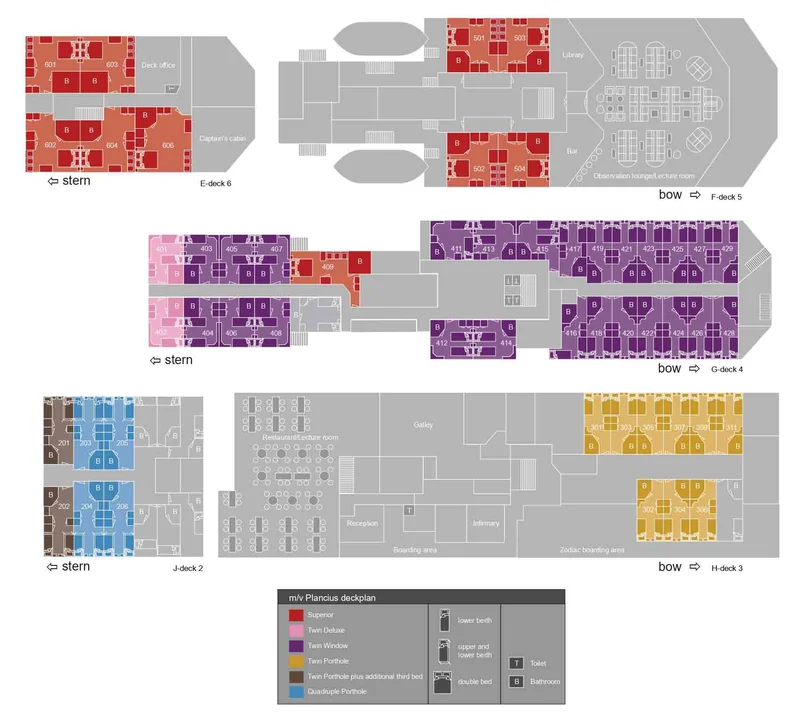
Itineraries
Plancius
60% OFF
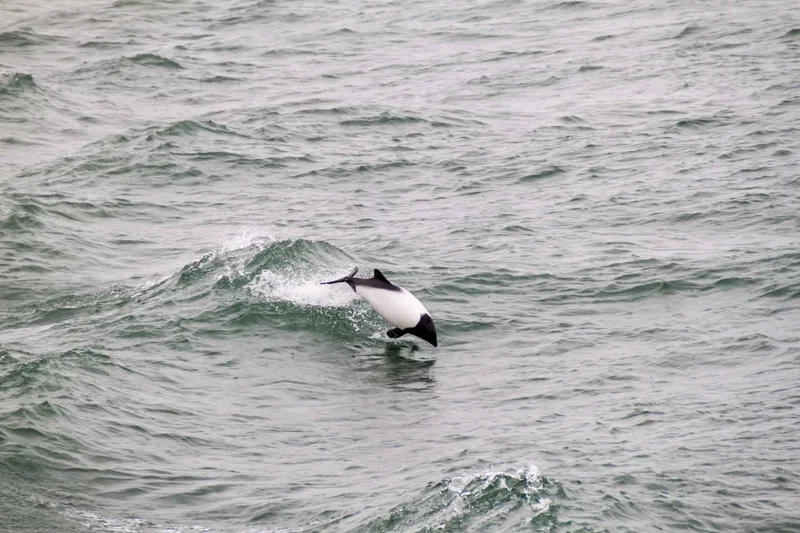
From USD 3400,00 pp
Arctic
10 Days
Around Spitsbergen, In The Realm Of Polar Bear & Ice
- Day 1 : Largest town, biggest island
- Day 2 - 9 : Clockwise circumnavigation of West Spitsbergen
- Day 10 : There and back again
Read more ...
Plancius
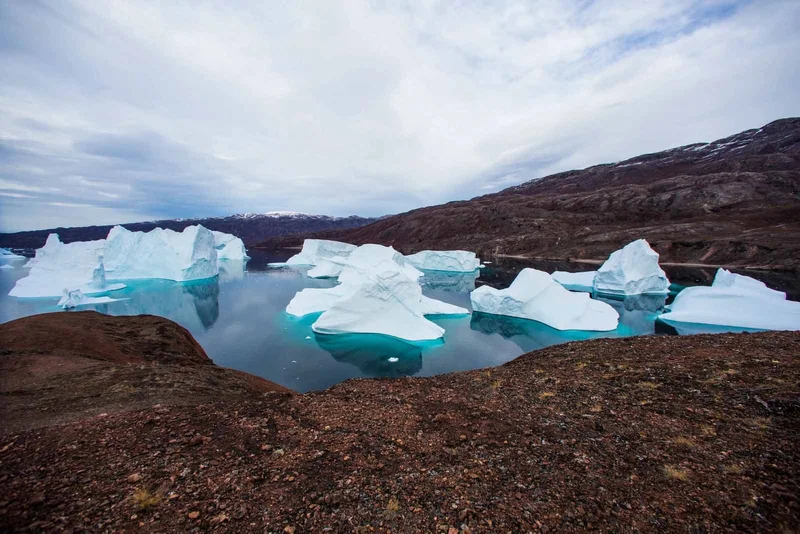
From USD 11000,00 pp
Arctic
21 Days
East And South Greenland Explorer, Incl. Flight From Narsarsuaq To Copenhagen
- Day 1 : Largest town, biggest island
- Day 2-3 : Onward to East Greenland
- Day 4 : Tundra, mountains, and icebergs
Read more ...
Greenland East Greenland
Plancius
65% OFF
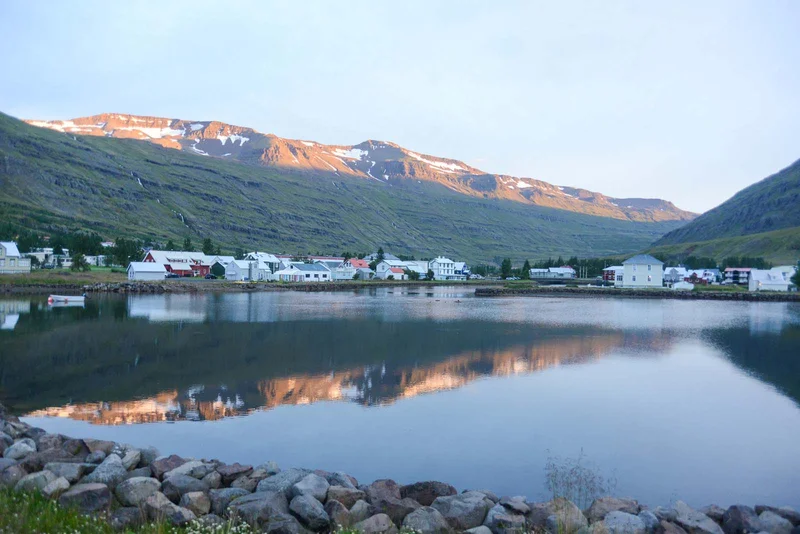
From USD 3350,00 pp
Arctic
10 Days
South Greenland Explorer, Aurora Borealis, Incl. Flight From Copenhagen To Narsarsuaq
- Day 1 : Erik the Red’s Base
- Day 2 : Uunartoq hot spring
- Day 3 : Prins Christian Sund mountains
Read more ...
Denmark Strait Greenland Iceland
Plancius
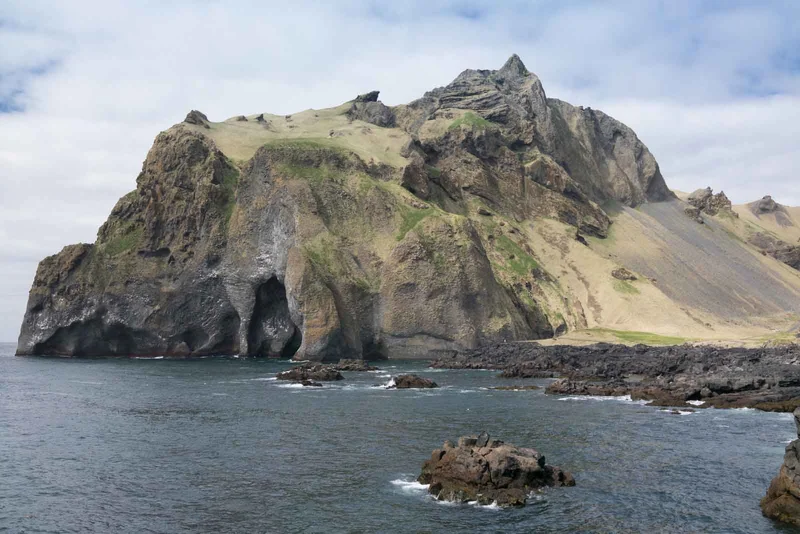
From USD 10900,00 pp
Antarctica
15 Days
South Georgia Explorer
- Day 1 : End of the world, start of a journey
- Day 2 – 3 : Sea life, sea birds
- Day 4 : Shag Rocks
Read more ...
South Georgia
Plancius
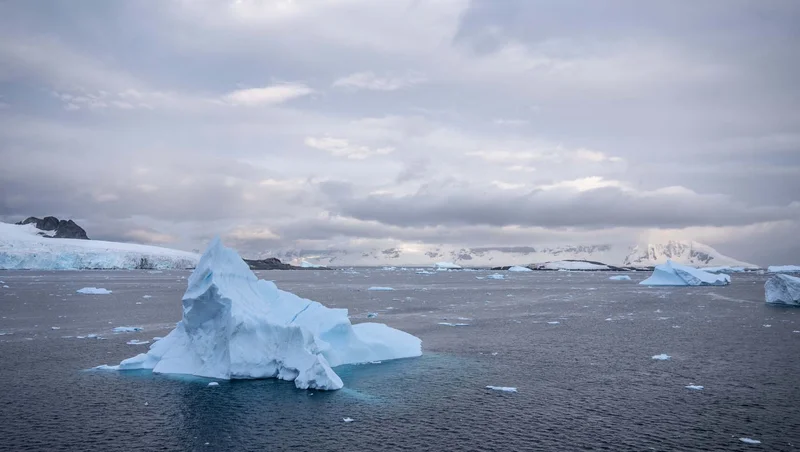
From USD 14800,00 pp
Antarctica
20 Days
Falkland Islands South Georgia Antarctica
- Day 1 : End of the world, start of a journey
- Day 2 : The winged life of the westerlies
- Day 3 : Finding the Falklands
Read more ...
South Georgia Southward Bound
Plancius
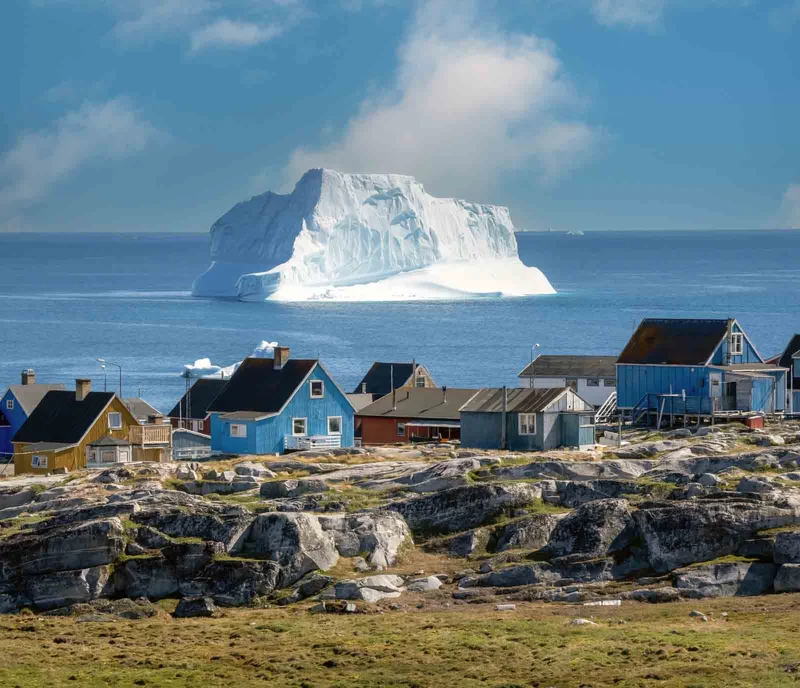
From USD 9700,00 pp
Antarctica
13 Days
Antarctica Basecamp Free Camping, Kayaking, Snowshoe/hiking, Mountaineering, Photo Workshop
- Day 1 : End of the world, start of a journey
- Day 2 - 3 : Path of the polar explorers
- Day 4 - 10 : Entering Antarctica
Read more ...
Plancius
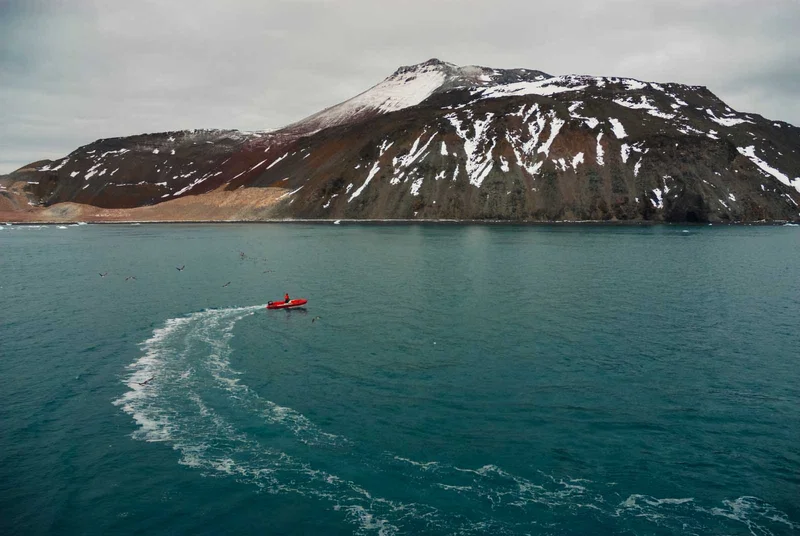
From USD 9250,00 pp
Antarctica
11 Days
Antarctica Discovery And Learning Voyage
- Day 1 : End of the world, start of a journey
- Day 2 - 3 : Path of the polar explorers
- Day 4 - 7 : Enter the Antarctic
Read more ...
Plancius
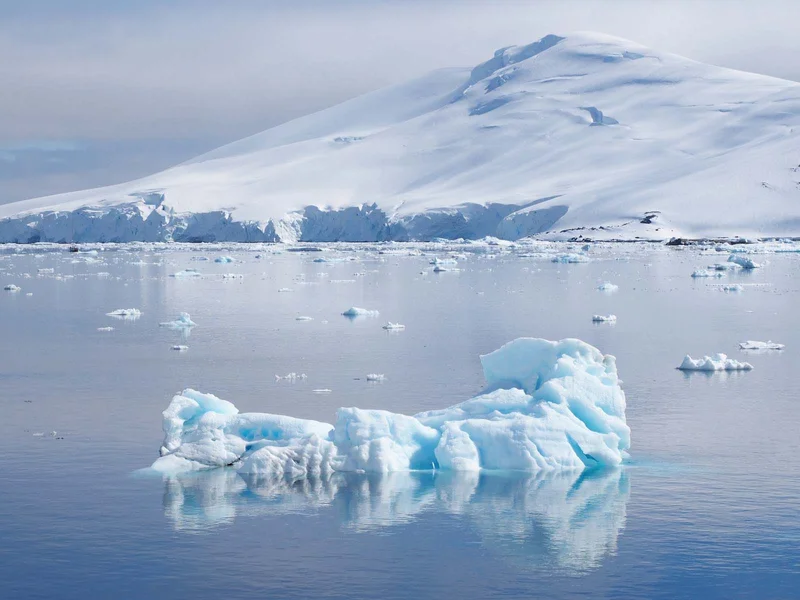
From USD 11200,00 pp
Antarctica
15 Days
Antarctica Elephant Island Weddell Sea Polar Circle Aurora Australis / Southern Lights
- Day 1 : End of the world, start of a journey
- Day 2 – 3 : Path of the polar explorers
- Day 4 : From Point Wild to the Weddell Sea
Read more ...
Weddell Sea Point Wild Devil Island Detaille Island
Plancius
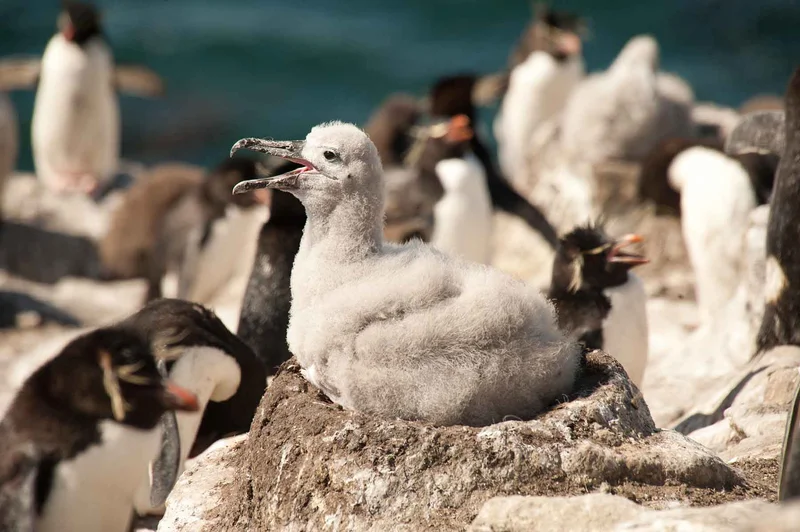
From USD 6700,00 pp
Antarctica
10 Days
Antarctica Whale Watching
- Day 1 : End of the world, start of a journey
- Day 2 – 3 : Path of the polar explorers
- Day 4 – 7 : Entering Antarctica
Read more ...
Plancius

From USD 9050,00 pp
Antarctica
24 Days
Atlantic Odyssey, Excl. Antarctic Peninsula
- Day 1 : End of the world, start of a journey
- Day 2 – 4 : Sea route to South Georgia
- Day 5 – 7 : South Georgia sights
Read more ...
South Georgia Gough Island Tristan Da Cunha
Plancius

From USD 2450,00 pp
Antarctica
11 Days
St. Helena To Cape Verde
- Day 1 : Heading out of St. Helena
- Day 2 – 3 : Sailing the Mid-Atlantic Ridge
- Day 4 – 8 : Crossing the equator
Read more ...
Plancius
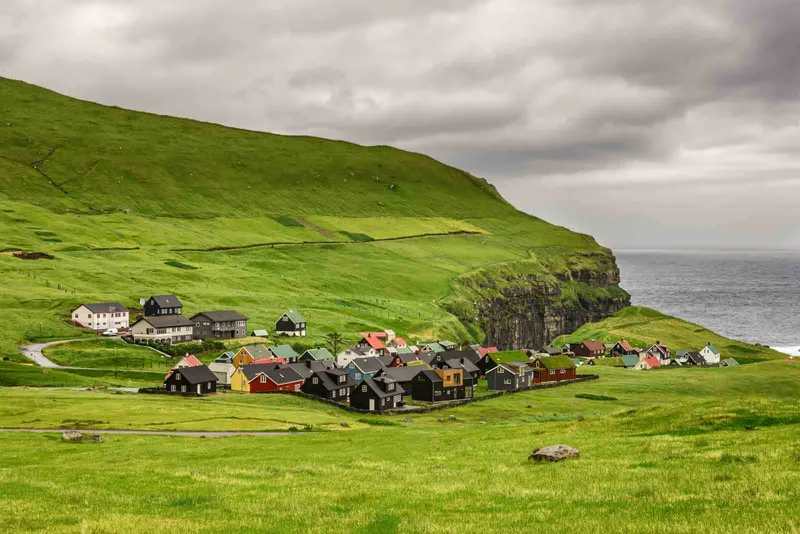
From USD 300,00 pp
Arctic
3 Days
North Sea Vlissingen To Aberdeen
- Day 1 : Northward bound
- Day 2 : Sea life on the move
- Day 3 : Sights of the Granite City
Read more ...
Plancius

From USD 3050,00 pp
Arctic
10 Days
Arctic Ocean Fair Isle, Jan Mayen, Ice Edge, Spitsbergen, Birding Summer Solstice
- Day 1 : Sights of the Granite City
- Day 2 : Birds, seals, and world-famous knits
- Day 3 – 4 : Jan Mayen marine life
Read more ...
Jan Mayen
Plancius

From USD 4450,00 pp
Arctic
8 Days
North Spitsbergen Explorer Versatile Landscapes, Sea Ice & Wildlife Summer Solstice
- Day 1 : Largest town, biggest island
- Day 2-7 : North Spitsbergen’s natural beauty, wildlife, and pack-ice
- Day 8 : There and back again
Read more ...
Plancius
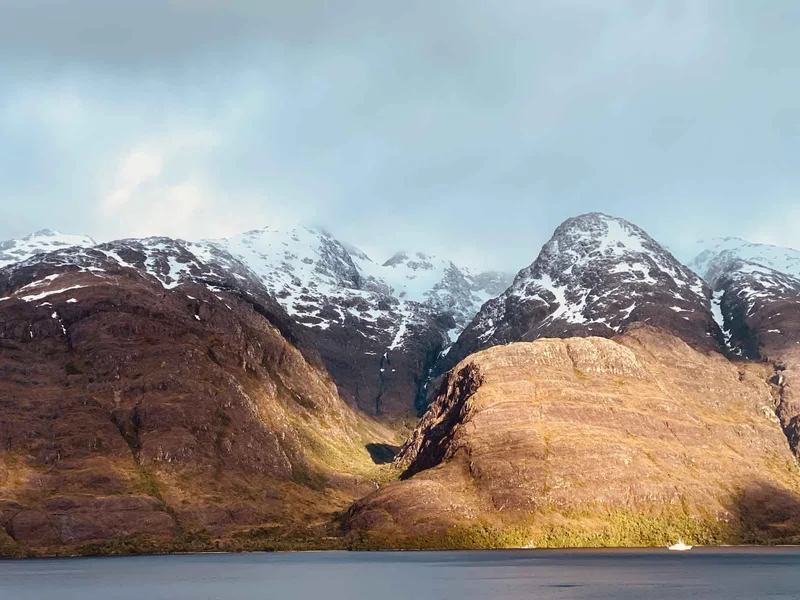
From USD 5900,00 pp
Arctic
10 Days
North Spitsbergen In Pursuit Of The Bowhead Whale
- Day 1 : Largest town, biggest island
- Day 2 - 9 : North Spitsbergen’s natural beauty, wildlife, and pack-ice
- Day 10 : There and back again
Read more ...
Plancius

From USD 8550,00 pp
Arctic
14 Days
Northeast Greenland Solar Eclipse Explorer Voyage
- Day 1 : Largest town, biggest island
- Day 2 : Sabine observatory and Raudfjorden
- Day 3-4 : Onward to East Greenland
Read more ...
Greenland East Greenland Iceland
Plancius
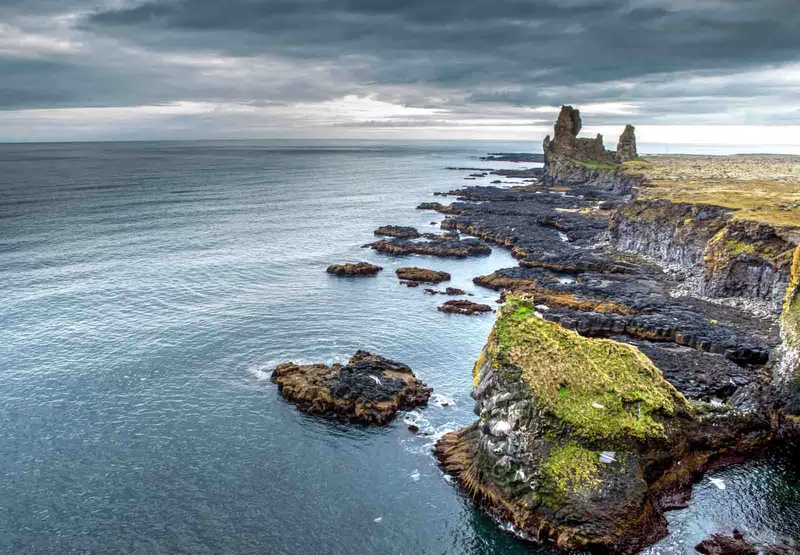
From USD 5900,00 pp
Arctic
10 Days
East Greenland, Scoresby Sund, Including Long Hikes
- Day 1 : On the Iceland road
- Day 2 : Sailing to east Greenland
- Day 3 : Arriving at Earth’s largest fjord
Read more ...
Iceland Greenland East Greenland
Plancius
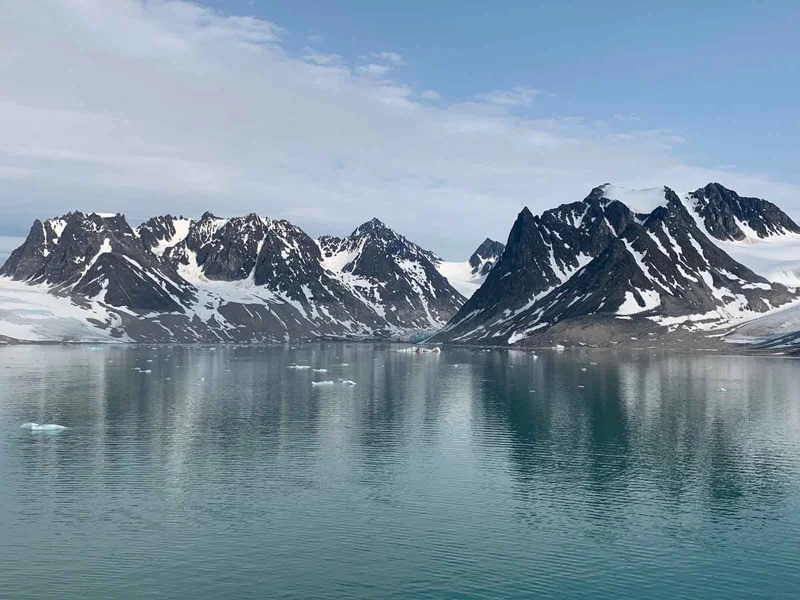
From USD 7750,00 pp
Arctic
14 Days
Northeast Greenland Extreme
- Day 1 : On the Iceland road
- Day 2 : Sailing to East Greenland
- Day 3 : Arriving at Earth’s largest fjord
Read more ...
Iceland Greenland East Greenland Ittoqqortoormiit Sea Ice
Plancius
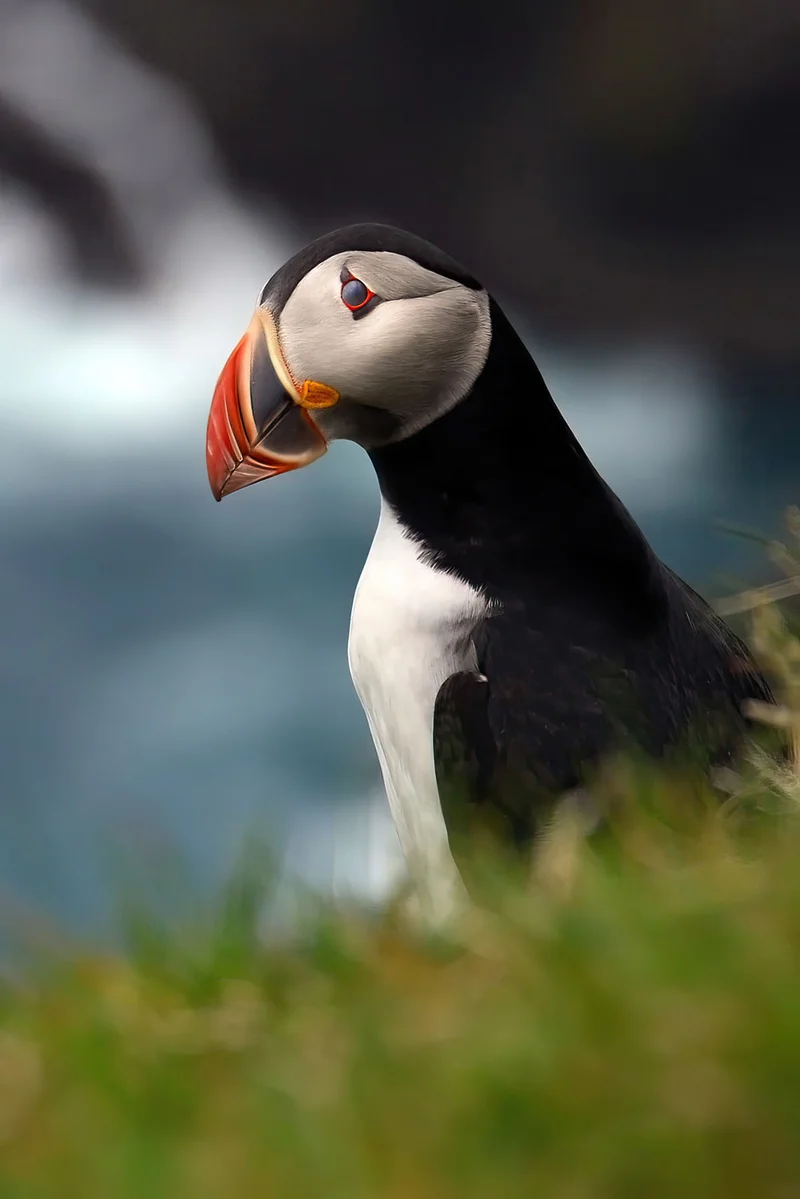
From USD 3000,00 pp
Arctic
6 Days
South Spitsbergen Bear Island Norway
- Day 1 : Largest town, biggest island
- Day 2 : Spectacular Hornsund
- Day 3 : Isolated Bear Island
Read more ...
Hornsund
Plancius
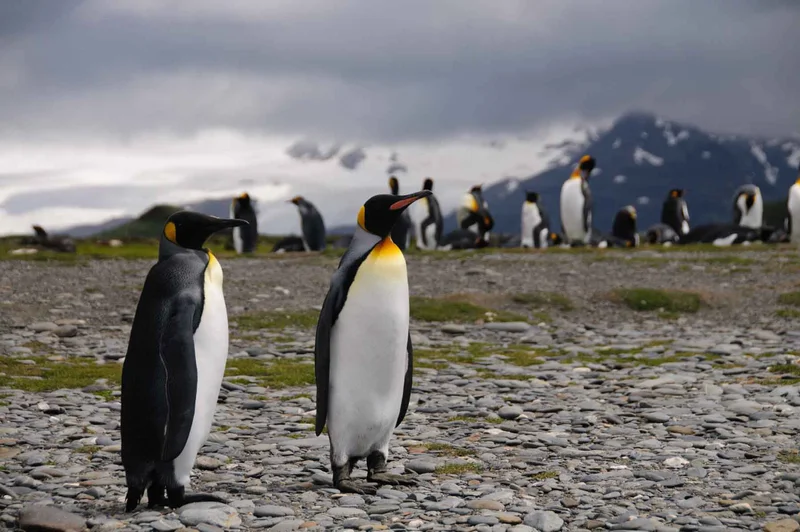
From USD 14800,00 pp
Antarctica
21 Days
Falkland Islands South Georgia Antarctic Peninsula Photography Special
- Day 1 : Sandy Argentine beaches
- Day 2 – 3 : Sea life, sea birds
- Day 4 : Finding the Falklands
Read more ...
South Georgia Southward Bound
Plancius
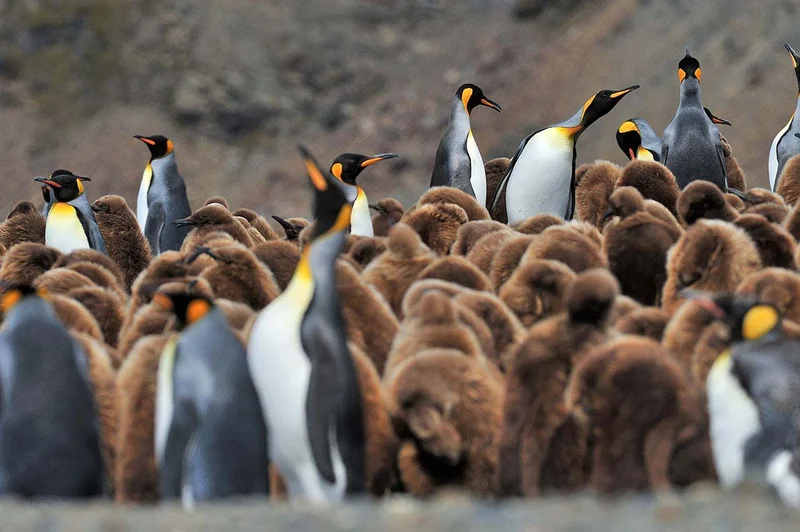
From USD 15050,00 pp
Antarctica
19 Days
Falkland Islands South Georgia Antarctic Peninsula
- Day 1 : End of the world, start of a journey
- Day 2 : The winged life of the westerlies
- Day 3 : Finding the Falklands
Read more ...
South Georgia Southward Bound
Plancius
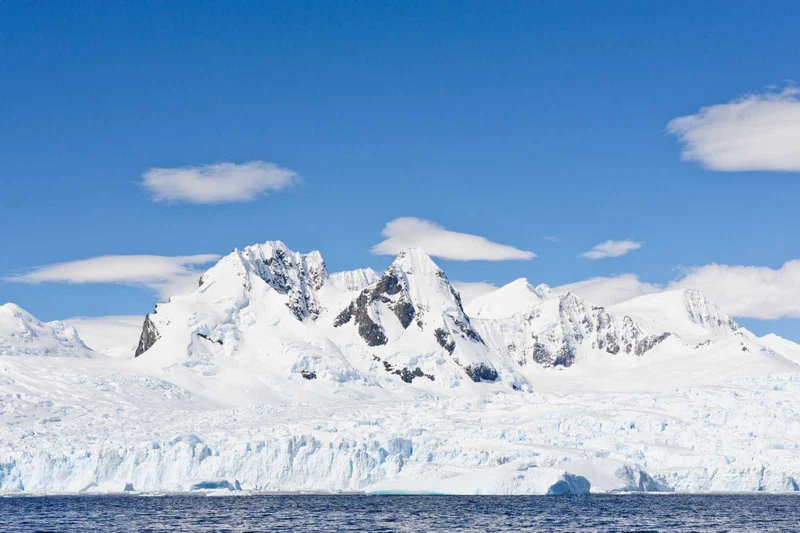
From USD 15050,00 pp
Antarctica
19 Days
Falkland Islands South Georgia Antarctic Peninsula Birding
- Day 1 : End of the world, start of a journey
- Day 2 : The winged life of the westerlies
- Day 3 : Finding the Falklands
Read more ...
South Georgia Southward Bound
Plancius
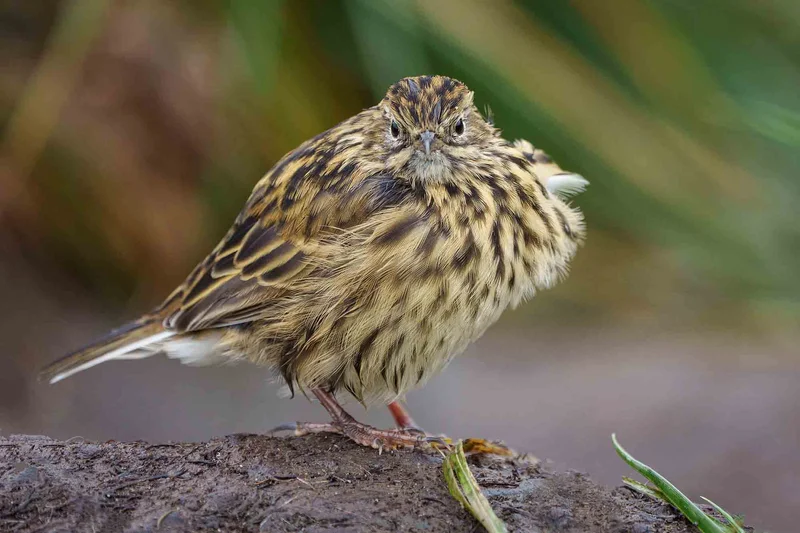
From USD 9600,00 pp
Antarctica
11 Days
Antarctica Discovery And Learning + Long Hikes
- Day 1 : End of the world, start of a journey
- Day 2 - 3 : Path of the polar explorers
- Day 4 - 7 : Enter the Antarctic
Read more ...
Plancius

From USD 9600,00 pp
Antarctica
11 Days
Antarctica Weddell Sea Explorer
- Day 1 : End of the world, start of a journey
- Day 2 - 3 : Path of the polar explorers
- Day 4 : From Point Wild to the Weddell Sea
Read more ...
Weddell Sea Point Wild
Plancius

From USD 11650,00 pp
Antarctica
15 Days
Antarctica Elephant Island Weddell Sea Polar Circle
- Day 1 : End of the world, start of a journey
- Day 2 – 3 : Path of the polar explorers
- Day 4 : From Point Wild to the Weddell Sea
Read more ...
Weddell Sea Point Wild Devil Island Detaille Island
